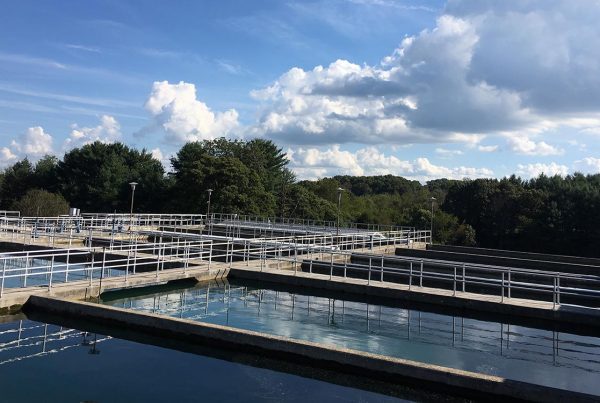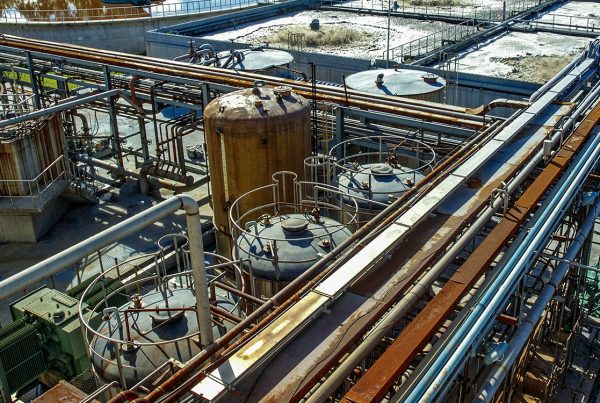Introduction
Escherichia coli is a well-characterised gut bacterium, which is used as a model organism and indicator of faecal and/or pathogenic contaminants in water. Some experimentation has been carried out to ascertain the effect of BGB strains on the growth of E. coli, giving mixed results. Some antimicrobial and bacteriostatic activity was observed.
E. coli was cultured alongside known antimicrobial producer, B. subtilis, and BGB, a consortium of microorganisms which treat a plethora of contaminants.
The reduction of E. coli either by out-competition or antagonism is a unique selling point for Bio2pure products, and offers additional benefits for customers, especially those in areas with widespread enteric disease contracted from water bodies.
Results
E. coli counts were compared against the monoculture control. When cultured with B. subtills, the count of E. coli is reduced by over 92%, and over 99.9% with BGB. The E. coli represents 13.4% of the final count when cultured with B. subtilis, and only 0.000023% when cultured with BGB.
Reduction of E. coli When Treated with Bio2pure Consortium
| Treatment | % Reduction | % Total Count |
|---|---|---|
| B. subtilis | 92.72 | 13.4 |
| BGB | 99.98 | 0.000023 |

Conclusions
The initial increase in growth after 24h shows that the E. coli is able to reproduce a few generations before an event occurs which not only halts its growth, but results in death for the majority of the E. coli cells.
This drop in biomass is particularly interesting, as it could be indicative of antimicrobial activity, either directly, by out-competition, expression of sequestering compounds, quorum sensing interfering compounds, which may be produced by BGB strains as the nutrients are depleting, and the environment is changing (pH, reduced dO2, metabolic by-products, etc).
It is important to remember that the growth of a number of the strains in the BGB consortium is sequential; the breakdown of one contaminant by strain X results in the production of a feed source for strain Y. Because of this, and the saprophytic manner of the Bacillus spp. the biomass may increase in a stepwise trend, and ultimately increasing competition for the E. coli.








